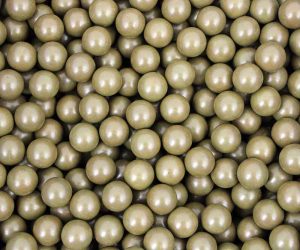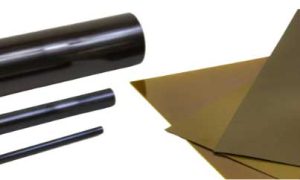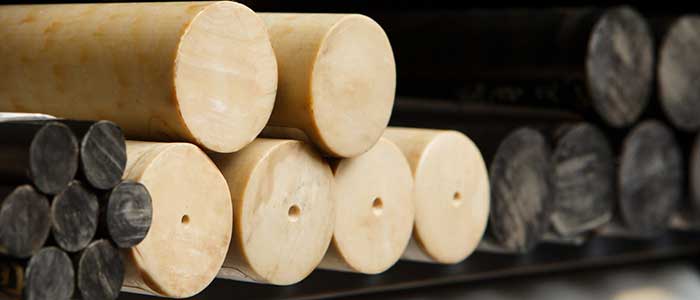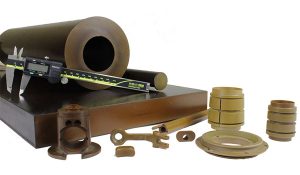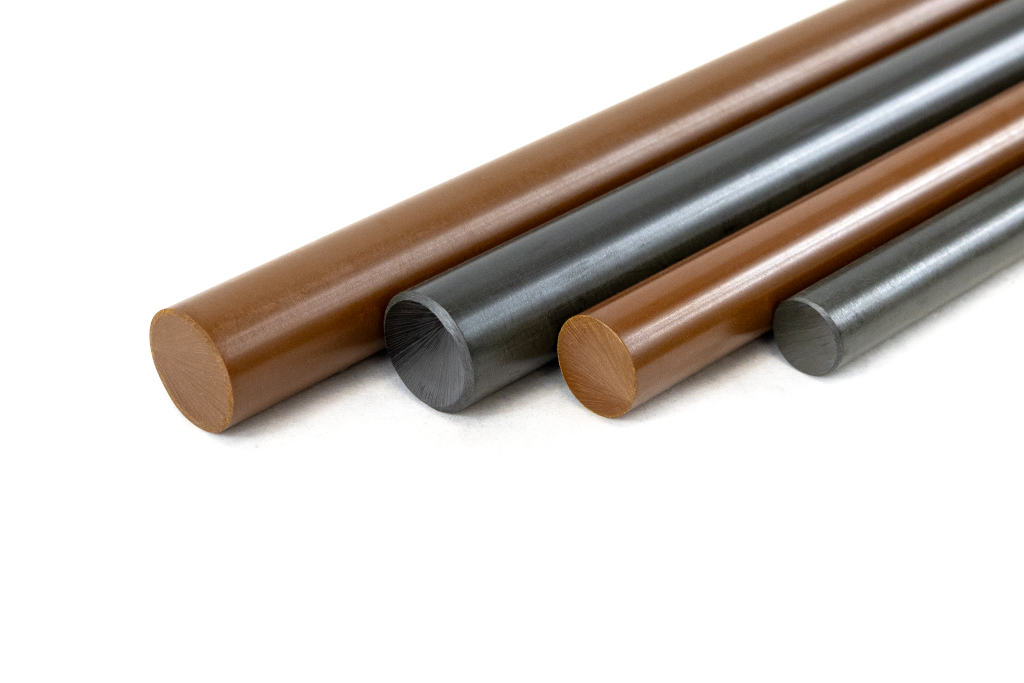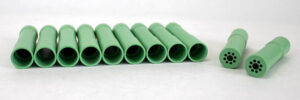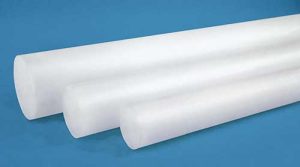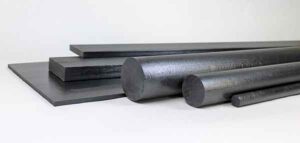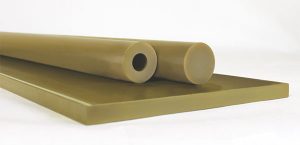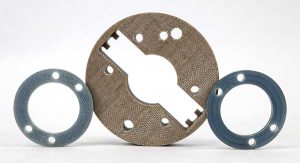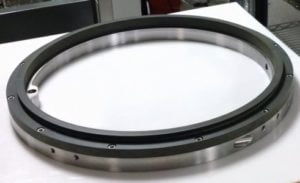Torlon’s aerospace applications are what put the high-performance thermoplastic on the map, as no other industry makes such demands on its materials. Aerospace components have to be:
- Stable in both hot and cold environments.
- Withstand high pressures and impervious to corrosive and oxidizing substances.
- Stand up to friction, wear and impact.
- Lightweight and easily produced.
Few materials can check all those boxes, and Torlon is among them. But this isn’t conjecture, as Torlon is already relied on to solve unique challenges for aerospace firms.
Aerospace Firms Need Materials that are Torlon Tough
Torlon has long been relied on to solve difficult challenges in multiple fields. In short, it is not just a polymer – it’s a solution. But what solutions can Torlon offer to aerospace firms? Consider what it has already done in some extreme environments.
- Javelin missile – What put Torlon 5030 extruded rod on the map was its use in Javelin missile launchers. The Javelin is a fire and forget, anti-armor missile that uses a two-stage deployment to protect the users from harm and detection. It replaced wire-guided missile systems utilized heavily during the Vietnam War, and the Javelin is still a powerful tool for military personnel, garnering significant usage during conflict in Afghanistan. Torlon helps make the Javelin possible by acting as the system’s igniter cup. Specifically, Torlon 5030 is the primary material in the igniter cup, as it melts steadily and forms into a cavity as temperatures near 2000 degrees Fahrenheit are realized. This predictable melt process ensures there is no disruption in guidance, and it’s a property that no other thermoplastic or thermosets could offer at this temperature.
- Boeing thermal isolators – Reducing aircraft weight is a persistent goal, and for the Boeing 787, the presence of Torlon 4203 PAI makes it an attainable one. Boeing engineers determined that by running hydraulic lines through fuel tanks, instead of around them, they could make a major weight reduction in their composite aircraft. To make this happen, the hydraulic lines had to be insulated with materials capable of handling punishing amounts of thermal and electrical energy. Torlon 4203 PAI was a natural choice, as it will not conduct thermal energy, isolating it between the bulkhead and composite. It also prevents electrical arcing and maintains its strength at the temperatures the applications demanded (-40 to 350 degrees Fahrenheit).
- Boeing blocker door bushings – Blocker doors are responsible for creating reverse thrust so the aircraft can slow down during landing. These doors must be extremely precise in their operation, and this falls to the bushings attached to the hinge assembly. The bushings are asked to do a lot in a tough setting, as they must be able to survive temperatures ranging from -40 to 500 degrees Fahrenheit. They must also maintain low friction and experience little wear while running without lubrication. Torlon 4301 PAI was the choice here, as it provides all the needed properties.
- Worldwide Aviation fastening screws – Worldwide Aviation was in need for screws made from a material that could be optimized for production economics, and provides the needed load-bearing capability. In addition, as the screws fasten housing containing radar equipment, any interference with the signal would be unacceptable. For this reason, metal screws were not an option. But Torlon 4203 was an ideal choice, as it is both EMI and RFI transparent, offers an excellent strength-to-weight ratio and will not corrode.
- F-16 fuel and air connects – With auxiliary tanks, the F-16 can take on the role of a strategic bomber, as its range is extended by a full 50 percent. At first, the fuel connects were made from stainless steel, but additional insulation against lightning strikes was required, rendering metal connects infeasible. An alternative material would be a tough find, as the connects are exposed to jet fuel, temperatures up to 400 degrees and vibrate almost constantly, necessitating a material that could handle the jostling. Torlon 4203 was the choice, as it is resistant to jet fuel and abrasion, and is capable of handling pressures beyond 650 psi. Seamless Tube® improved both the part performance and manufacturing cost.
In all of these real-world examples, Torlon demonstrates why it is recognized as among the strongest materials that is still melt-processible. There’s no better sign that a material can perform than being used in critical applications. And in that regard, no other polymer can match Torlon.
